Looking back at the 80-year journey of the agricultural sector, Dr. Nguyen Thi Thanh Thuy, former Director of the Department of Science, Technology and Environment (Ministry of Agriculture and Rural Development) emphasized that science and technology have always accompanied farmers and production practices.
"In the past, doing research was very hard, from leaders to cadres had to roll up their pants and wade through the fields to select each rice and corn plant. But thanks to that, the research was very practical. Even during the difficult period of the country, many scientists still stayed with the industry, with farmers, and diligently researched.
Science and technology is a long journey, inherited by many generations. When there were no standard laboratories or modern machines, scientists were still passionate about creating and introducing plant and animal varieties that were suitable for the ecology, ensuring productivity, quality, disease resistance, and bringing higher value and income to farmers. It is from these persistent contributions that Vietnam's agricultural sector has achieved its position today, exporting agricultural products to hundreds of countries, many of which are world- leading," Dr. Thuy shared.
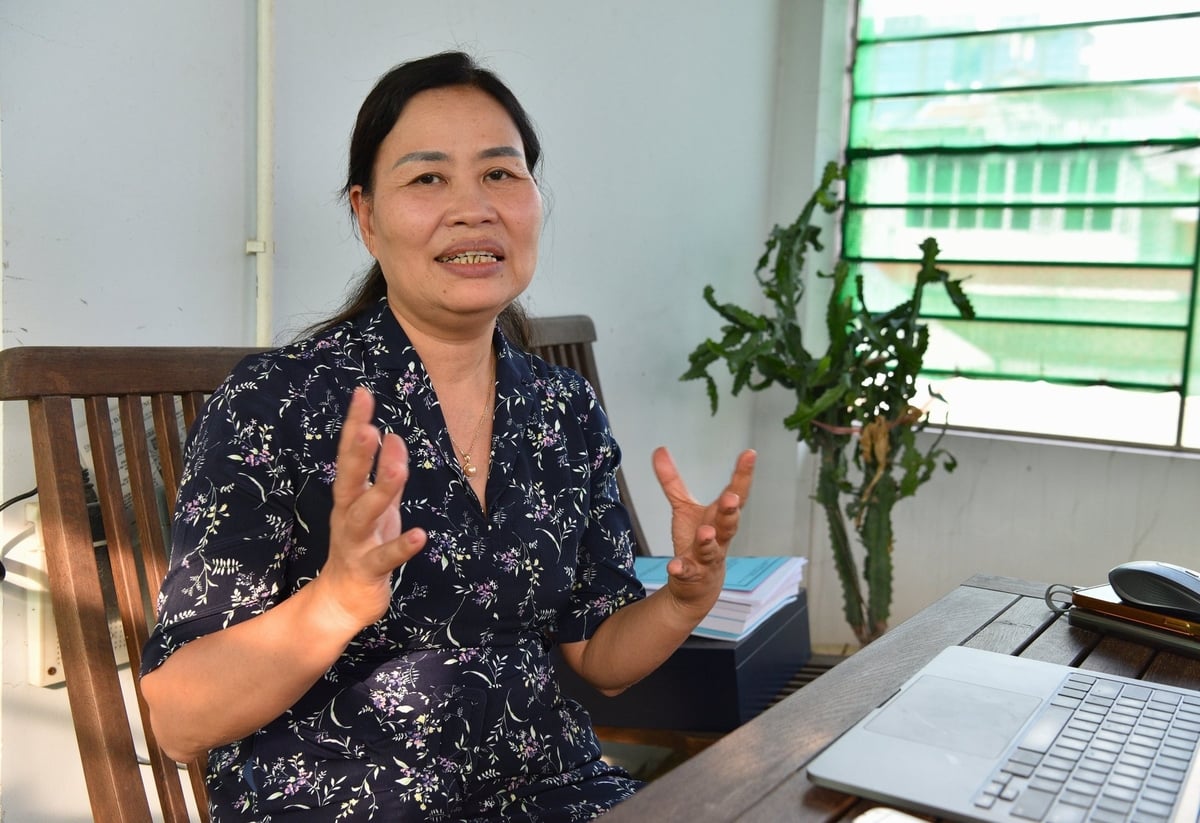
Dr. Nguyen Thi Thanh Thuy, former Director of the Department of Science, Technology and Environment (Ministry of Agriculture and Rural Development). Photo: Duong Dinh Tuong.
The agricultural sector is shifting from “agricultural production” to “agricultural economics”. What requirements does this place on science and technology, in your opinion?
Previously, we focused on selecting and creating high-yield varieties, using many resources, and aiming to increase output. Now, the focus must shift to increasing value and income, that is, optimizing the entire chain from varieties, cultivation processes, harvesting, preservation, processing to traceability and trade. In the context of integration, agricultural products not only need productivity but also must meet requirements on quality, safety and environmental value. Therefore, the research orientation must also change, for example, in terms of varieties, it is not just a single trait such as high yield but also must create value for the entire production chain.
An example is the story of research on rice breeding. In 2013, when the Ministry of Agriculture and Rural Development implemented the Project on restructuring the agricultural sector towards increasing added value and sustainable development, Minister Cao Duc Phat at that time directed how to make Vietnamese rice sell at a higher price (the export price of 5% broken rice at that time was about 395 USD/ton). At that time, the Ministry adjusted the science and technology program to order research products on breeding high-yield rice varieties, rice quality meeting export standards at a price of 600 - 800 USD/ton. This was both a political determination and an order from the Minister to scientists. That assignment forced scientists to change their thinking. Only within 5 - 7 years later, the situation was different. Vietnamese rice exports were mainly high-quality varieties with outstanding added value.
In addition, the farming process has also made significant progress, from single-factor to multi-factor research, reducing inputs, reducing emissions, and improving the environment. However, preservation and deep processing technology is still a weak point and needs more investment.
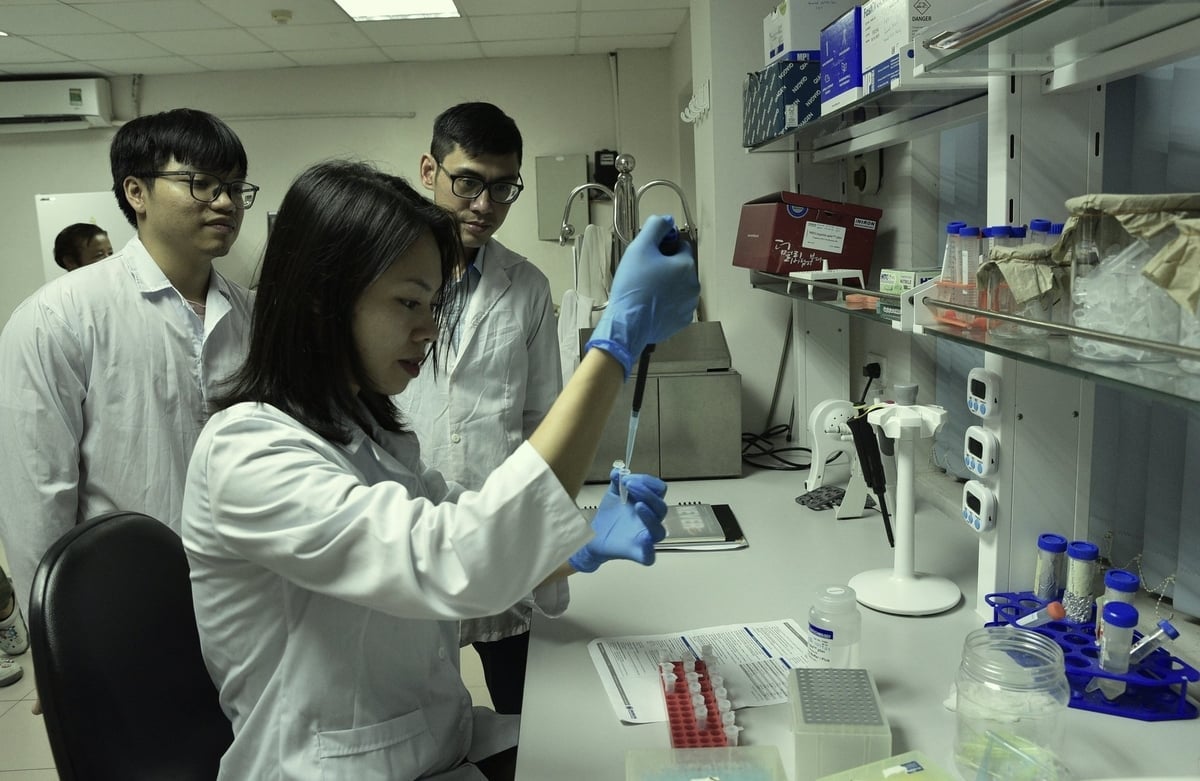
Experimenting at the Institute of Agricultural Genetics. Photo: Duong Dinh Tuong.
According to you, what are the biggest challenges of agricultural science and technology today?
Besides the achievements, science and technology in the agricultural sector is also facing many challenges. The system of scientific and technological organizations is still small and scattered, the operating and investment mechanisms do not really encourage innovation, attracting and retaining good human resources is still very difficult.
It is time to evaluate and reorganize the scientific and technological organization system in a systematic, streamlined but quality manner, linking research with market demand, businesses and farmers. At the same time, we need to innovate institutions, financial mechanisms and human resource policies so that scientists can devote themselves to research, be recognized and treated appropriately. Only when scientists can make a living from science, can we preserve the intelligence of the industry.
During the period when Vietnam had just begun to industrialize and the foundation of agricultural science and technology was still limited, international cooperation played a role as a strategic lever to help our country access advanced knowledge and train a team of highly qualified scientific staff. Thanks to bilateral and multilateral cooperation programs, many Vietnamese scientists were able to study abroad and access modern technologies such as molecular biology, gene technology, and cell technology, laying the foundation for the modernization of agricultural research later on.
However, in recent years, international cooperation has shown signs of narrowing and slowing down, not commensurate with the development speed of global science. The number of Vietnamese agricultural scientific works appearing in international forums and journals is still modest, many young scientists study abroad but lack the environment and opportunity to return to contribute.
It is time for us to reconsider international cooperation not only for learning and transferring technology but also for moving to the stage of joint research, joint innovation, and joint commercialization. Vietnam needs to be more proactive in connecting institutes - schools - enterprises - international networks, participating in regional and global joint research programs to both improve endogenous capacity and affirm the position of Vietnamese agricultural science in the world knowledge value chain.

Research and selection of drought-resistant rice varieties at the Institute of Agricultural Genetics. Photo: Duong Dinh Tuong.
How can scientists not struggle to make a living, sometimes with one leg longer than the other?
In fact, the budget for institutes in recent years has been almost stable, while costs and salaries have continuously increased. Many places can only meet a part of the demand, the rest of the research staff must include topics and projects to calculate to compensate for the unmet needs.
To overcome this situation, it is necessary to build a more open policy ecosystem, allowing science and technology organizations to be autonomous in finance, organization and personnel, while ensuring appropriate remuneration for researchers with the capacity to lead groups. Only when scientists can live on science can they wholeheartedly research, maintain their intelligence and make long-term contributions to the agricultural sector. Resolution 57 and its implementing documents are expected to create favorable mechanisms, encourage innovation and increase the rate of practical application of research results.
Scientists always want to accompany farmers. However, for research results to be truly put into practice, there needs to be a favorable mechanism, policy and legal framework, creating conditions for long-term research programs.
"In the process of implementing scientific and technological tasks, there are many studies that always follow reality and produce products that are effectively applied in practice. However, there are also a few that do not follow the requirements of practical production, leading to limited application of output products. What science and technology "owe" to farmers is how to apply research results faster, more practically and effectively, contributing to improving productivity, quality, product value and increasing their income."
(Dr. Nguyen Thi Thanh Thuy).
Thank you!
Source: https://nongnghiepmoitruong.vn/can-mot-he-sinh-thai-chinh-sach-coi-mo-hon-cho-khoa-hoc-d781124.html


![[Photo] Prime Minister Pham Minh Chinh attends the Patriotic Emulation Congress of the Ministry of Foreign Affairs for the 2025-2030 period](https://vphoto.vietnam.vn/thumb/1200x675/vietnam/resource/IMAGE/2025/11/10/1762762603245_dsc-1428-jpg.webp)




![[Photo] Prime Minister Pham Minh Chinh attends the annual Vietnam Business Forum](https://vphoto.vietnam.vn/thumb/1200x675/vietnam/resource/IMAGE/2025/11/10/1762780307172_dsc-1710-jpg.webp)




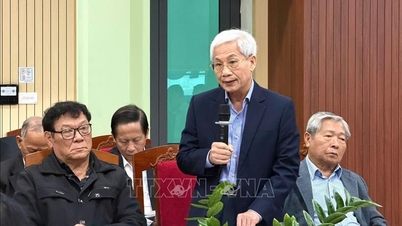





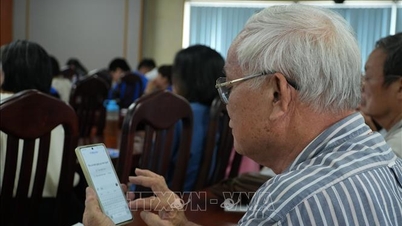

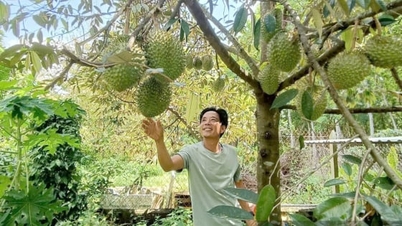












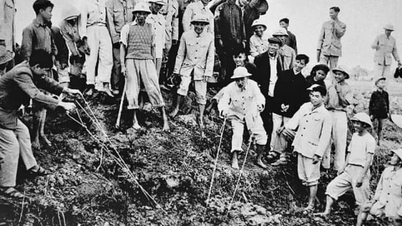







































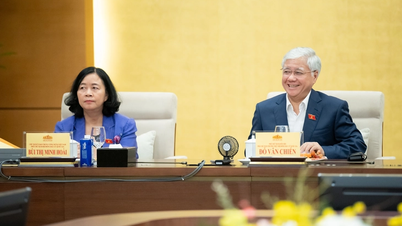






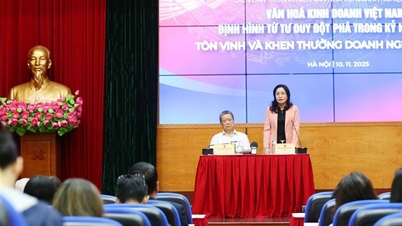
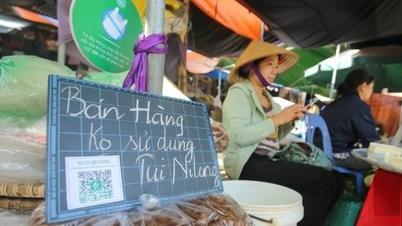


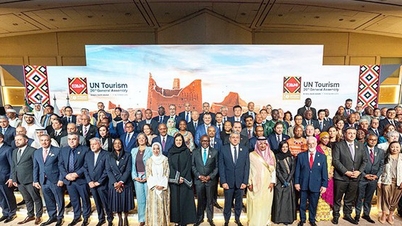

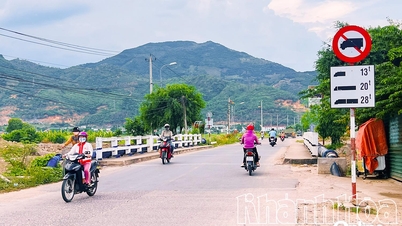




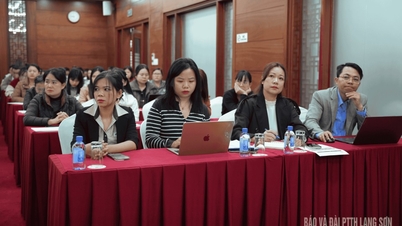


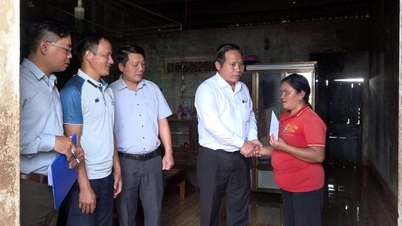

![Dong Nai OCOP transition: [Article 3] Linking tourism with OCOP product consumption](https://vphoto.vietnam.vn/thumb/402x226/vietnam/resource/IMAGE/2025/11/10/1762739199309_1324-2740-7_n-162543_981.jpeg)










Comment (0)